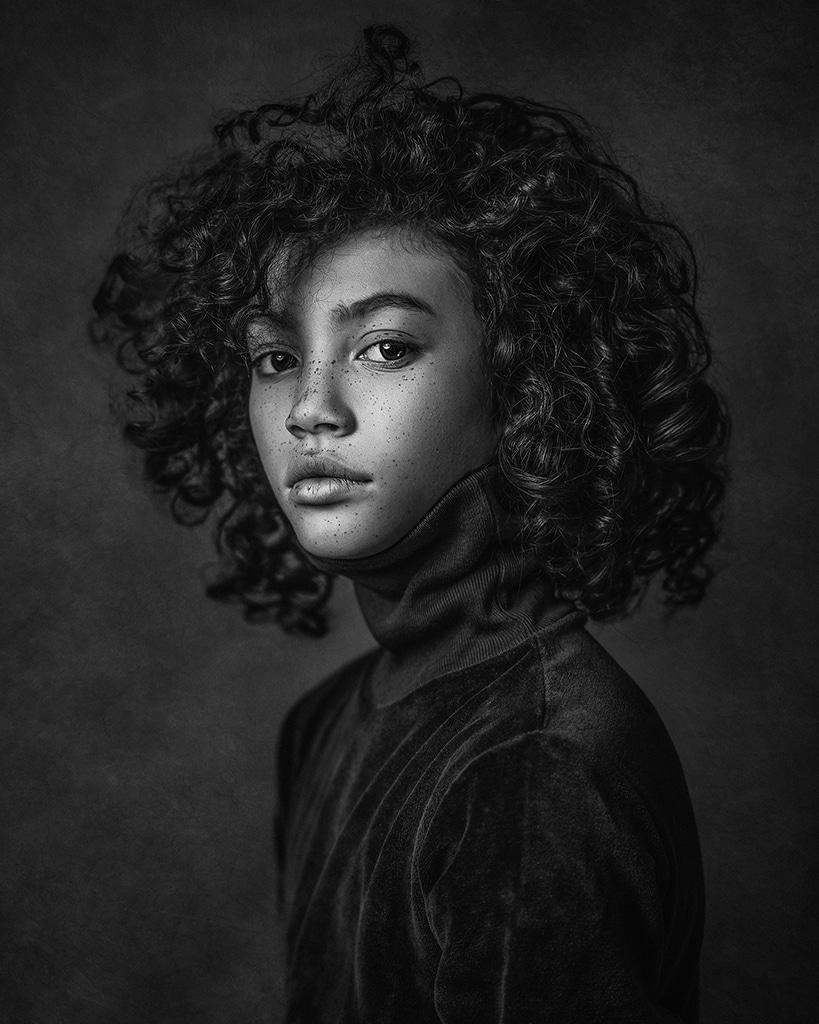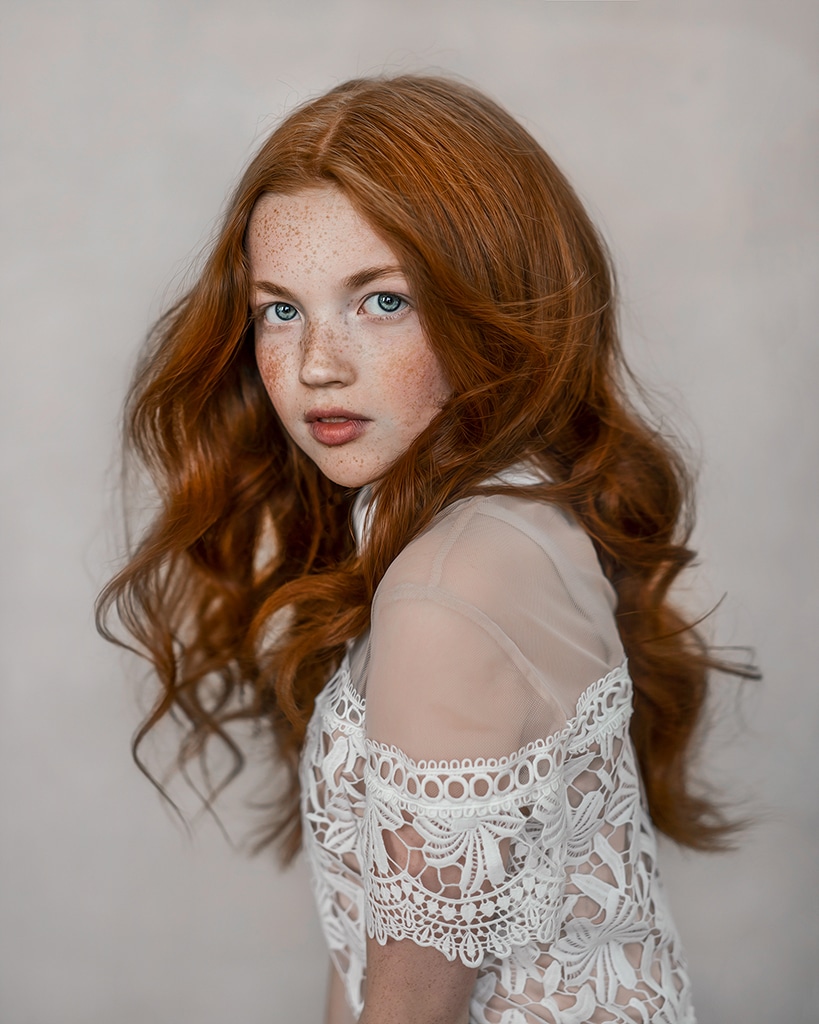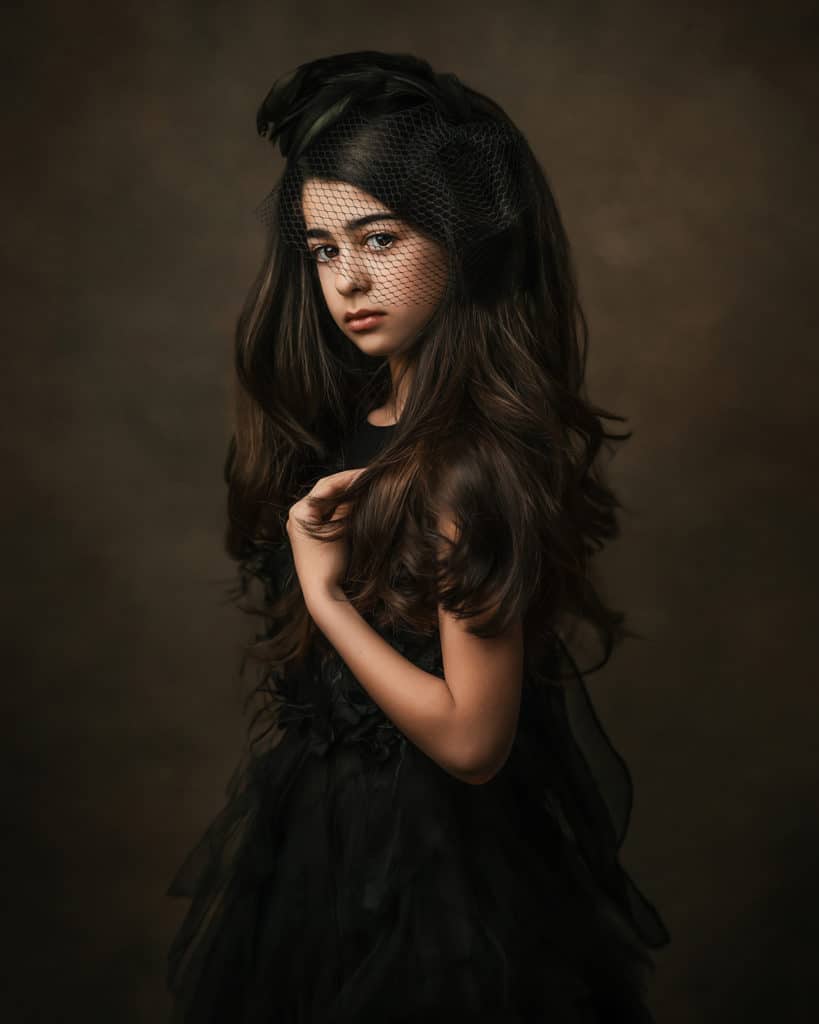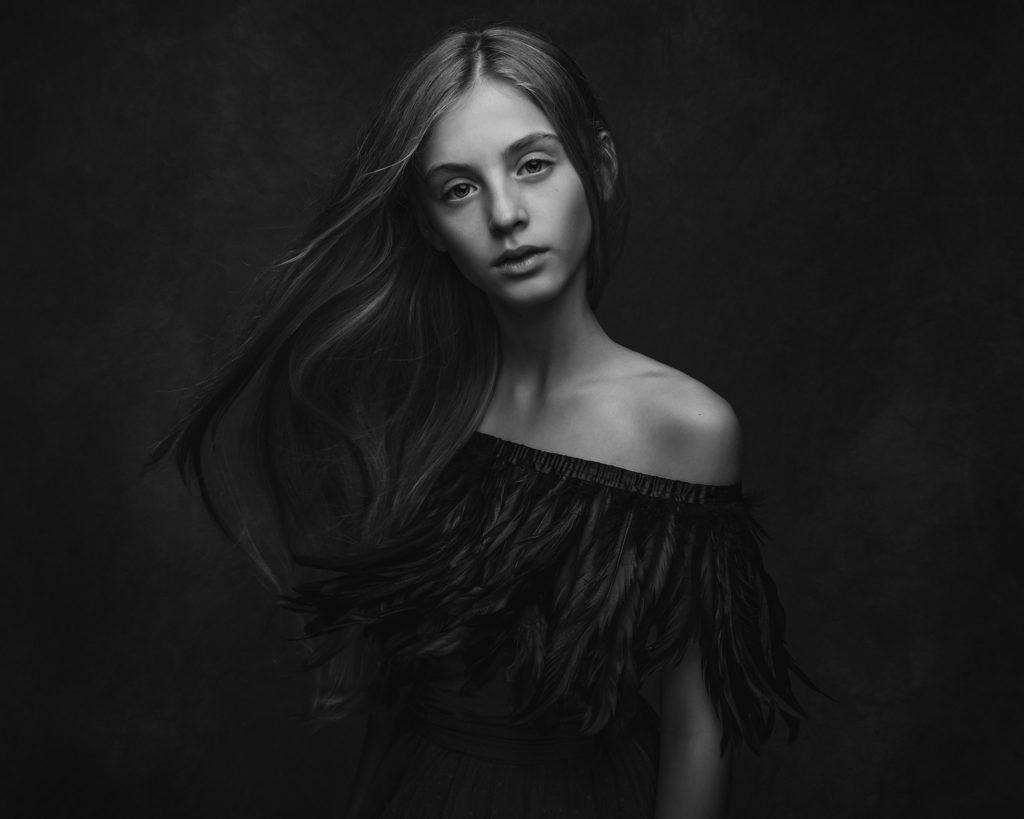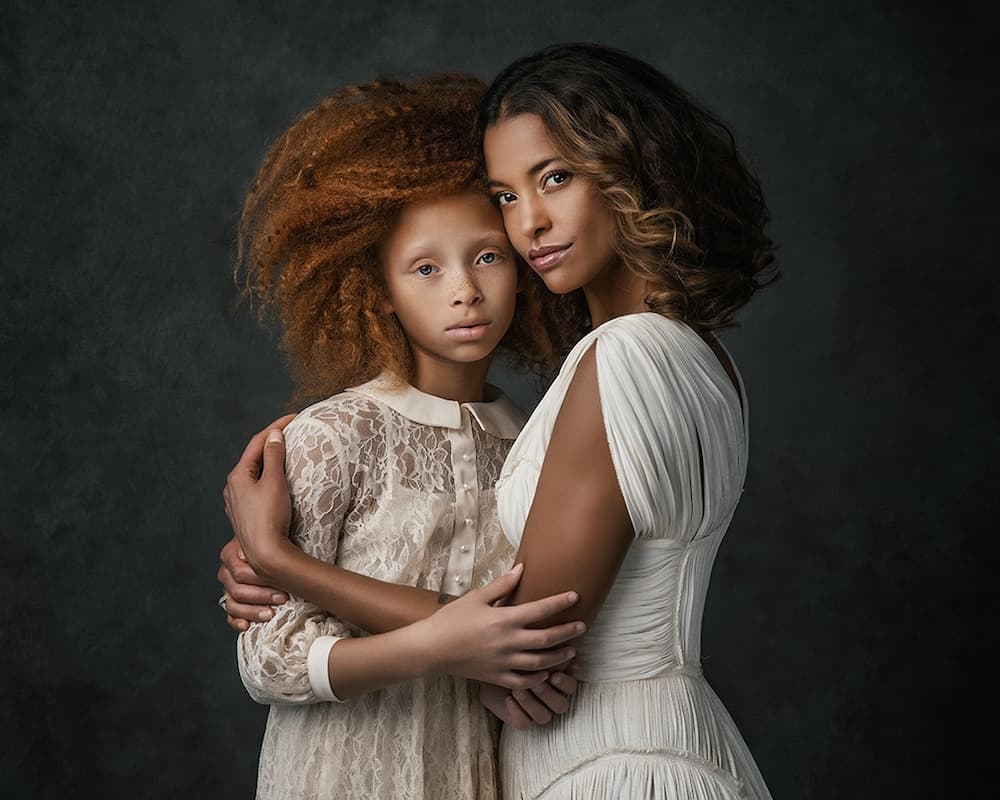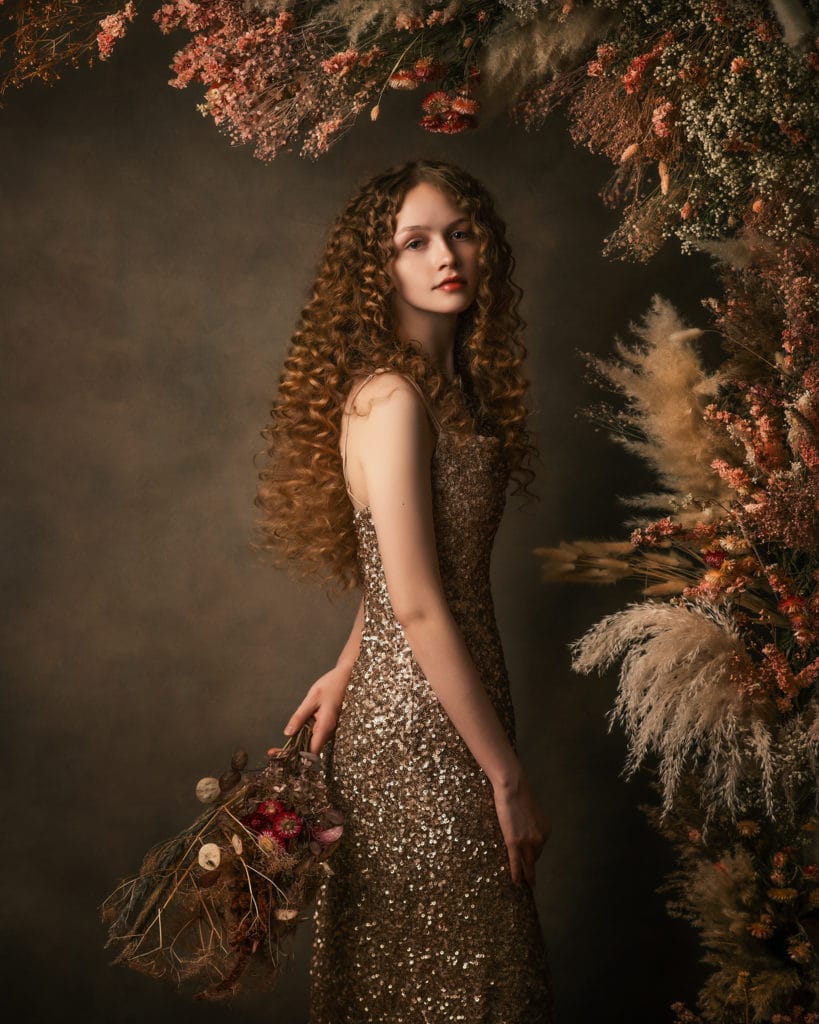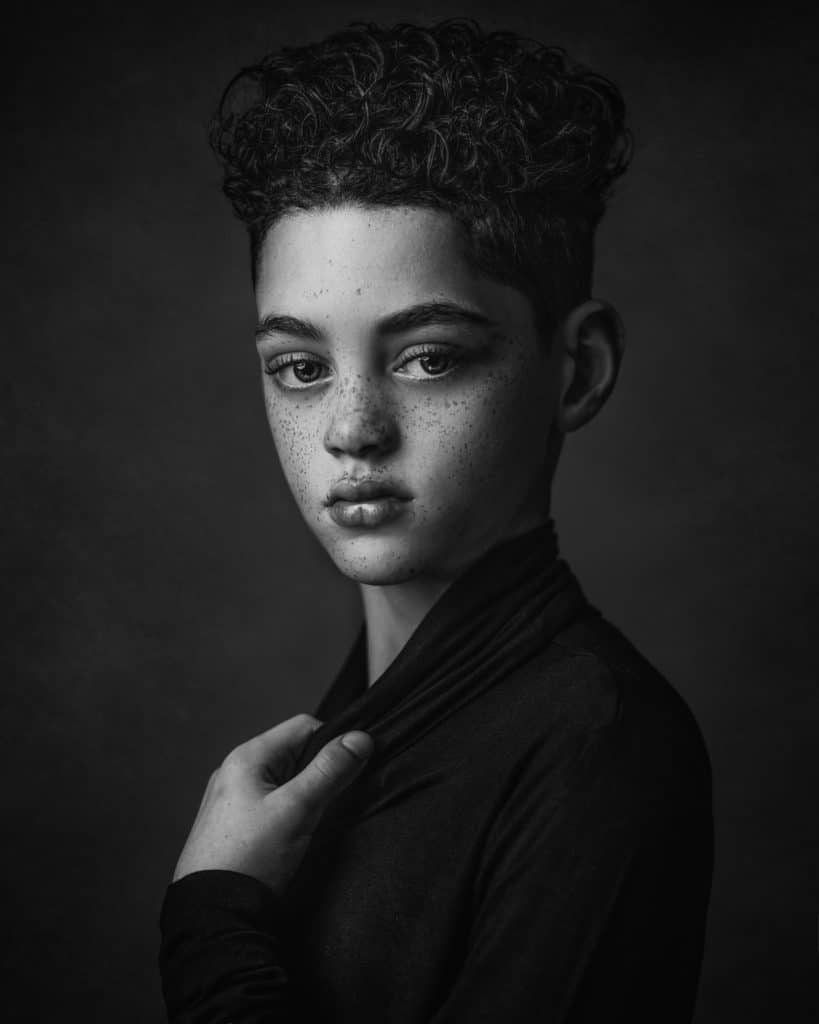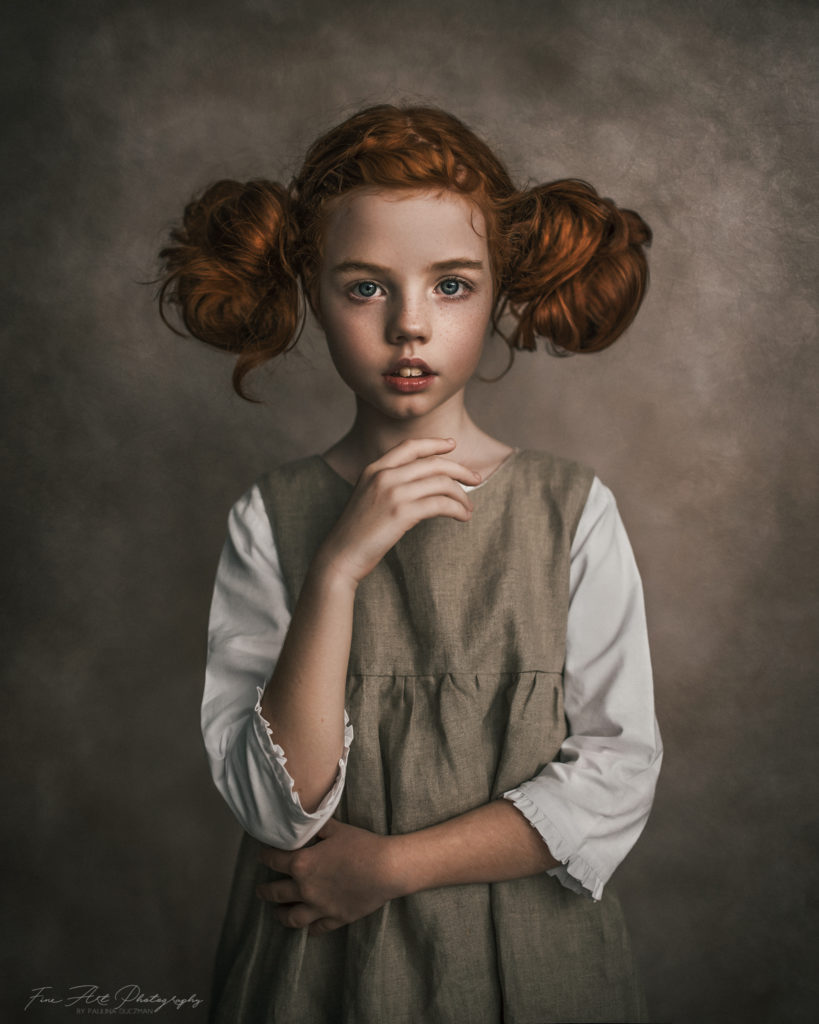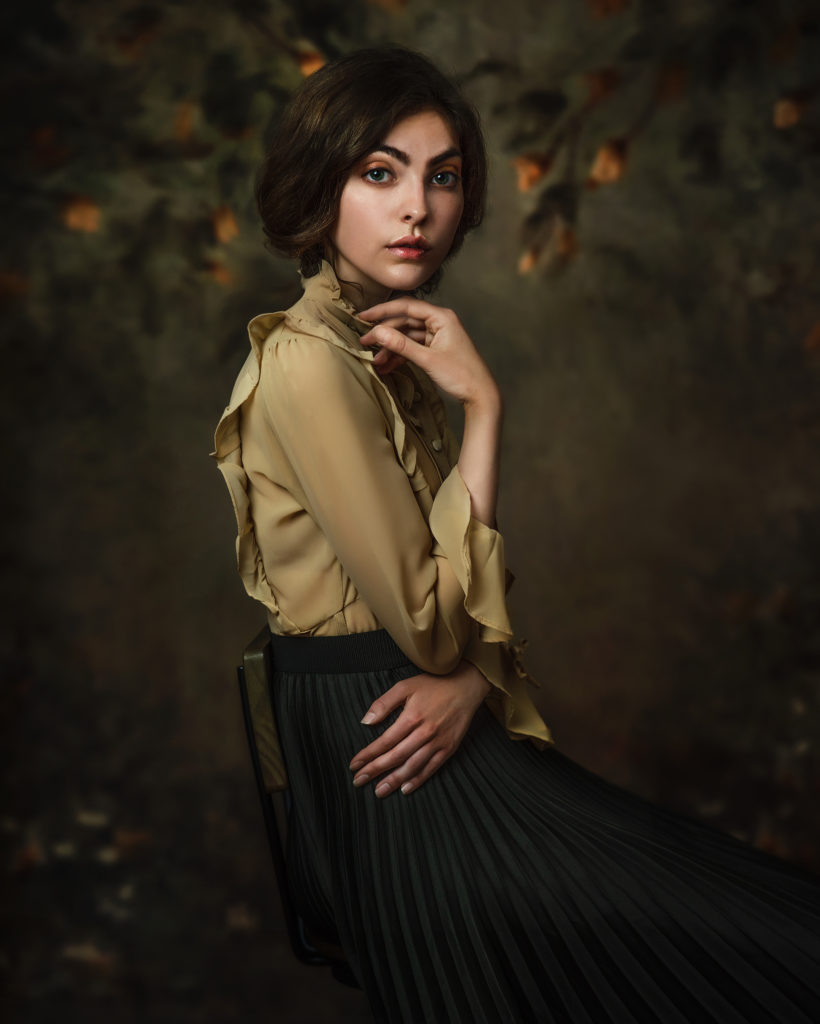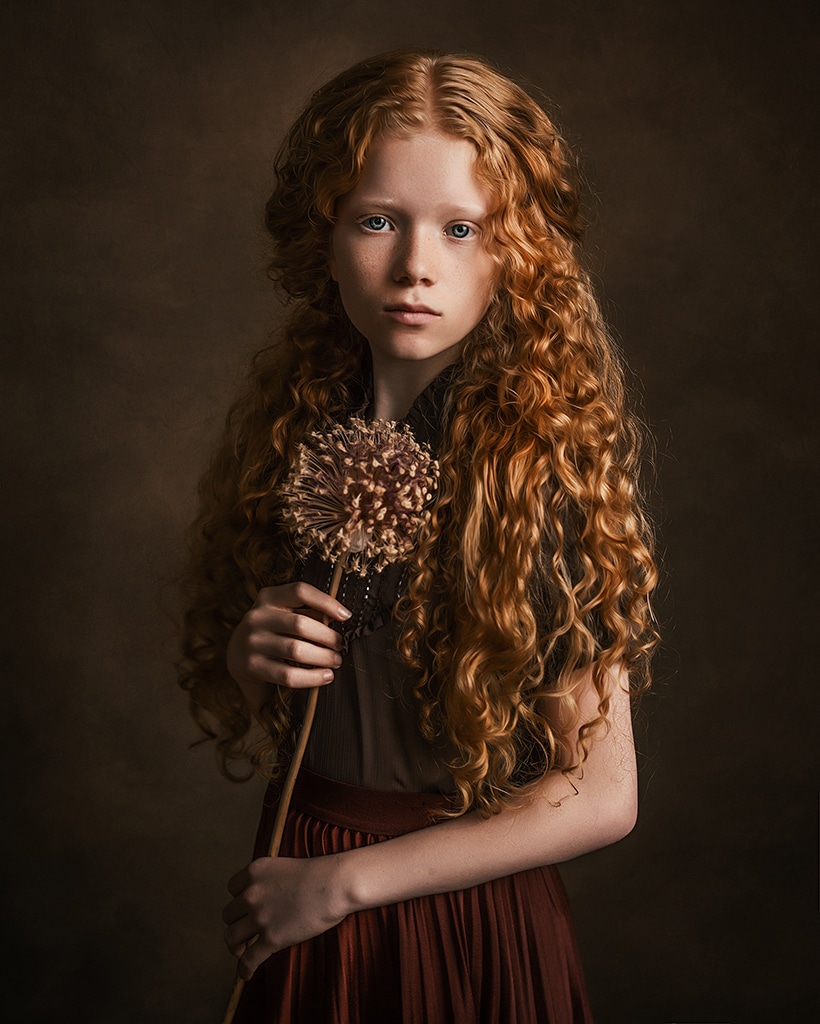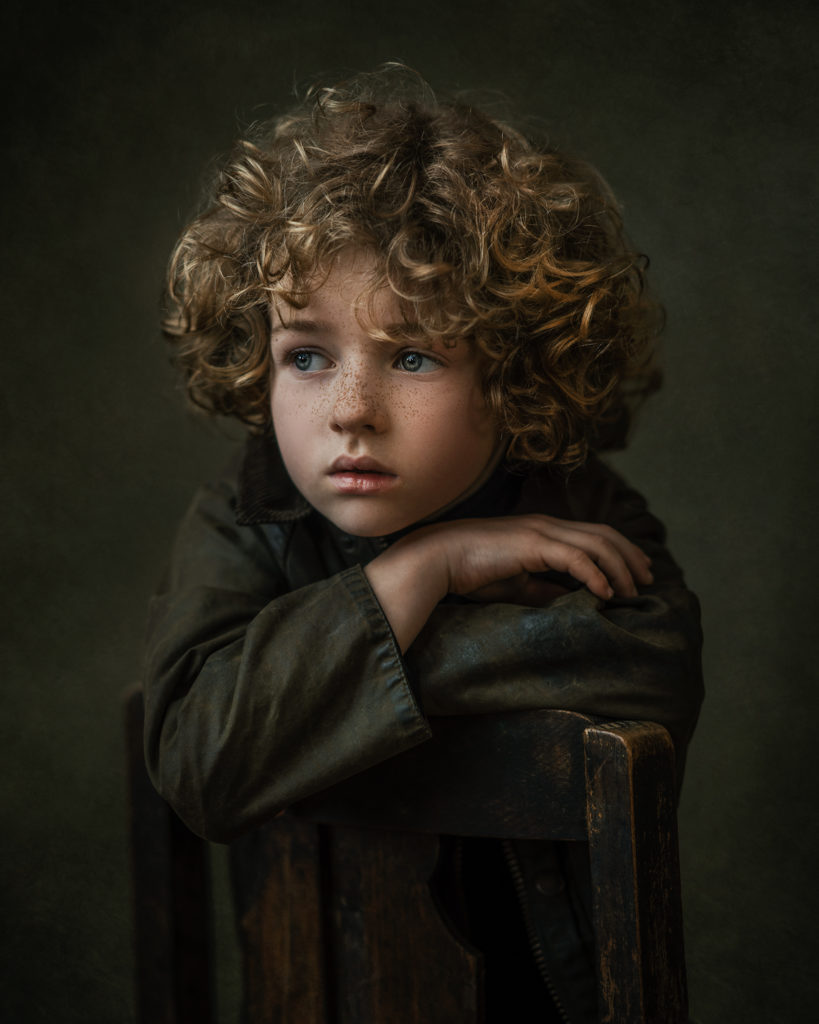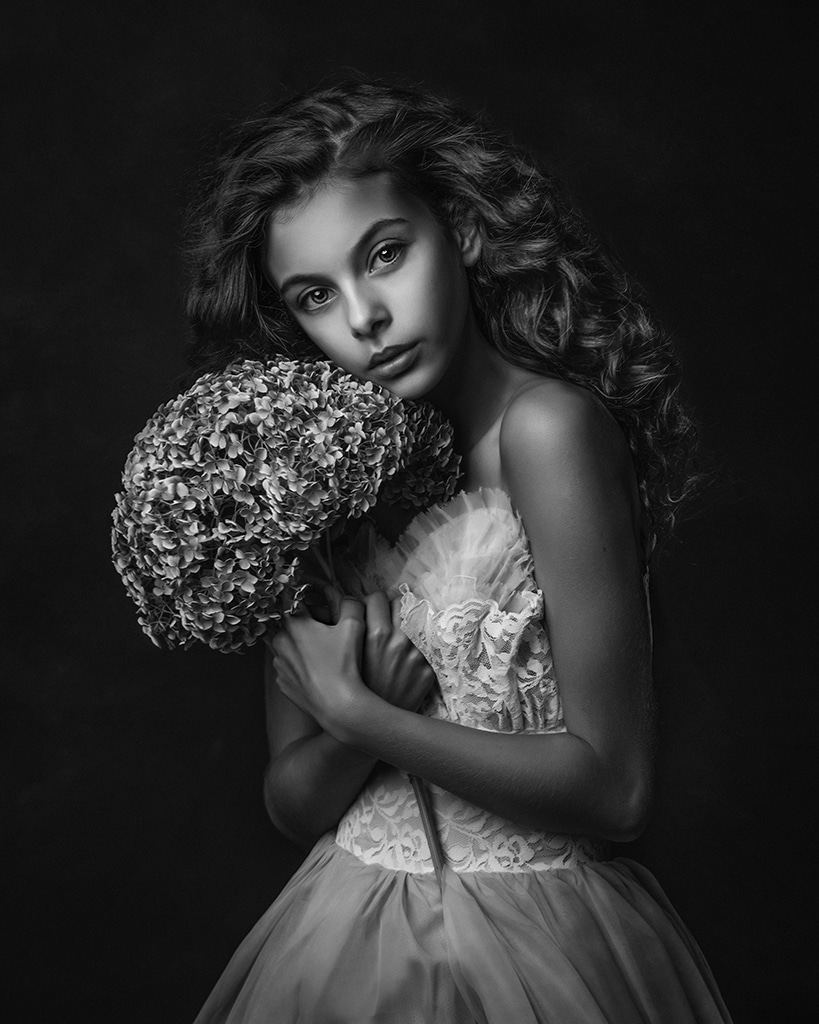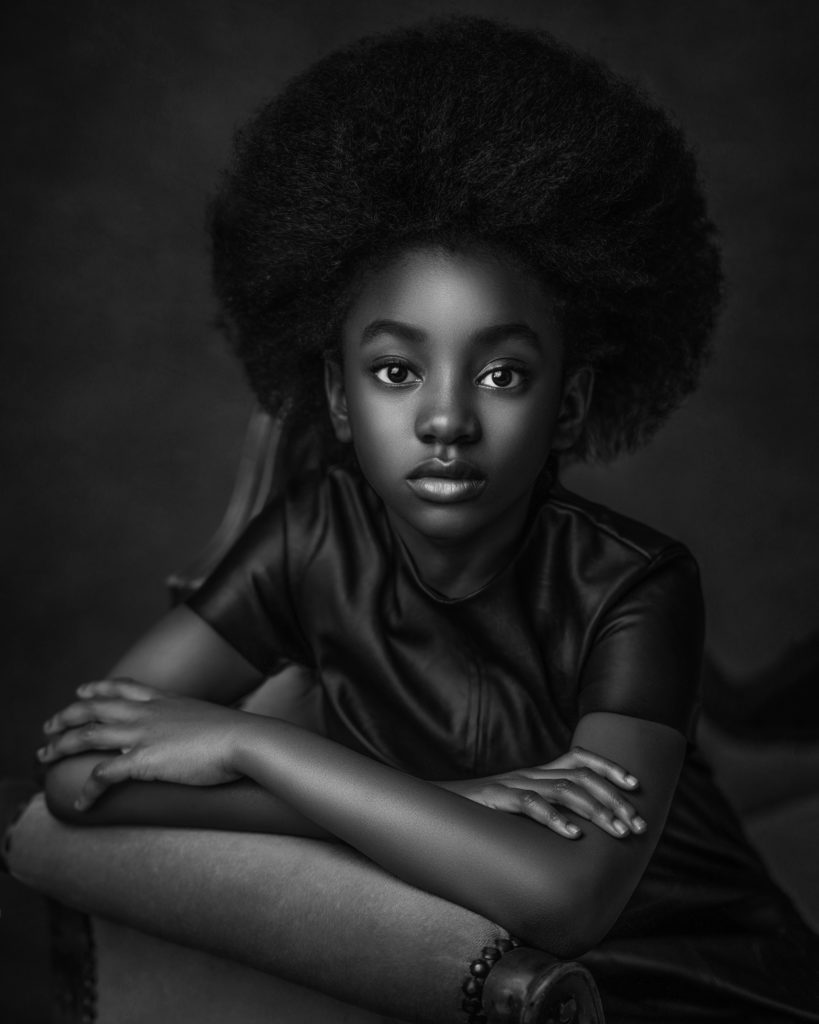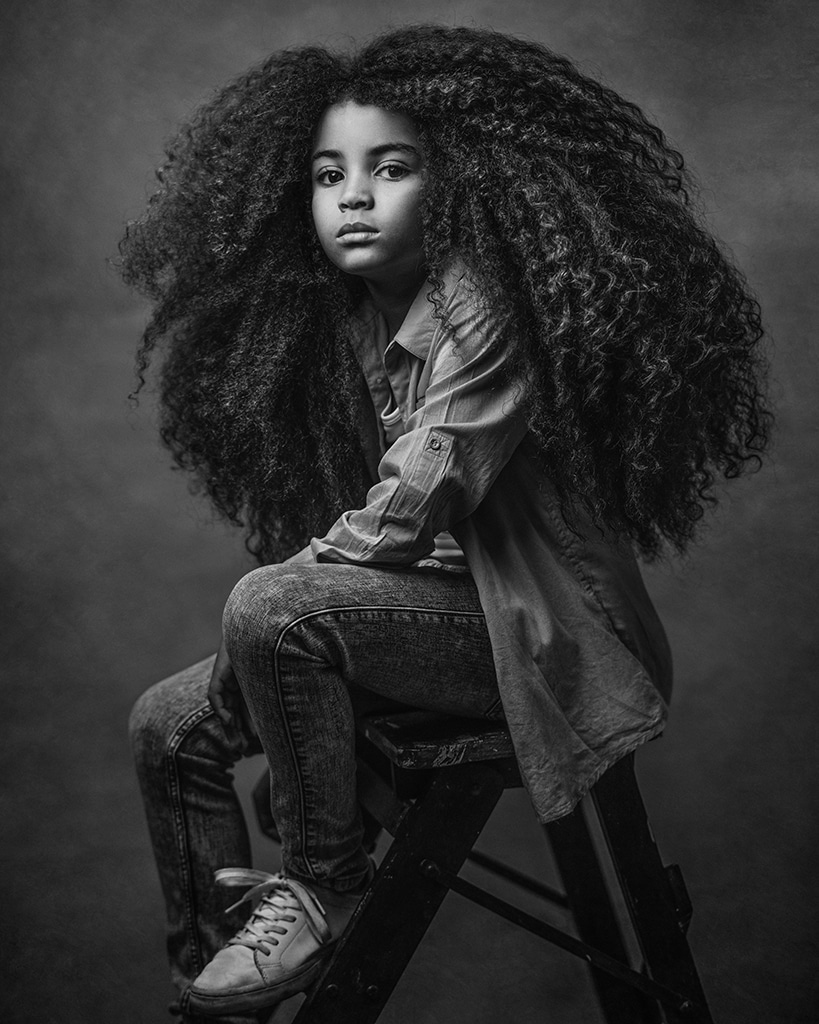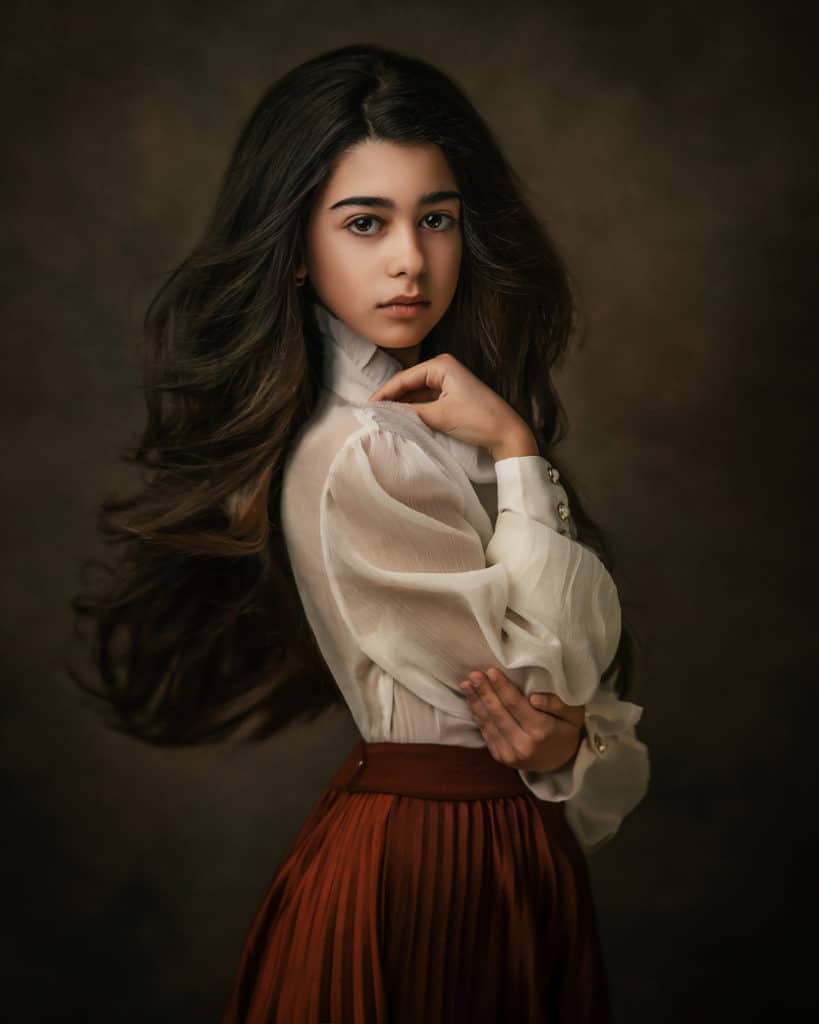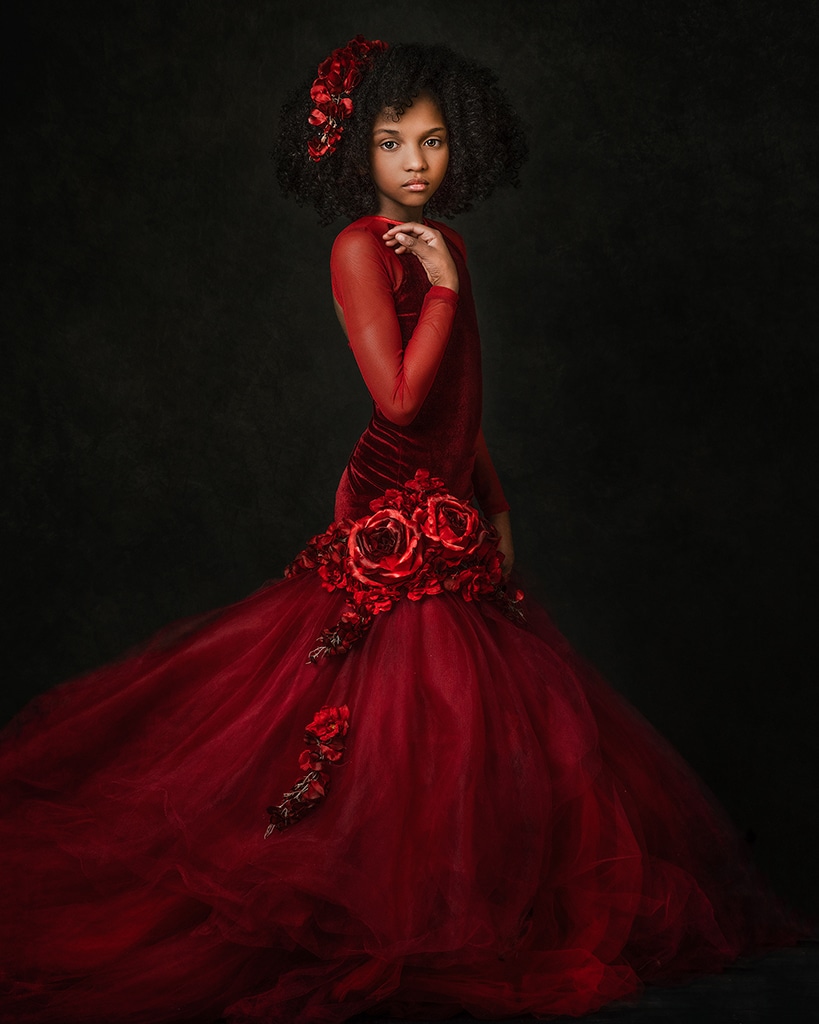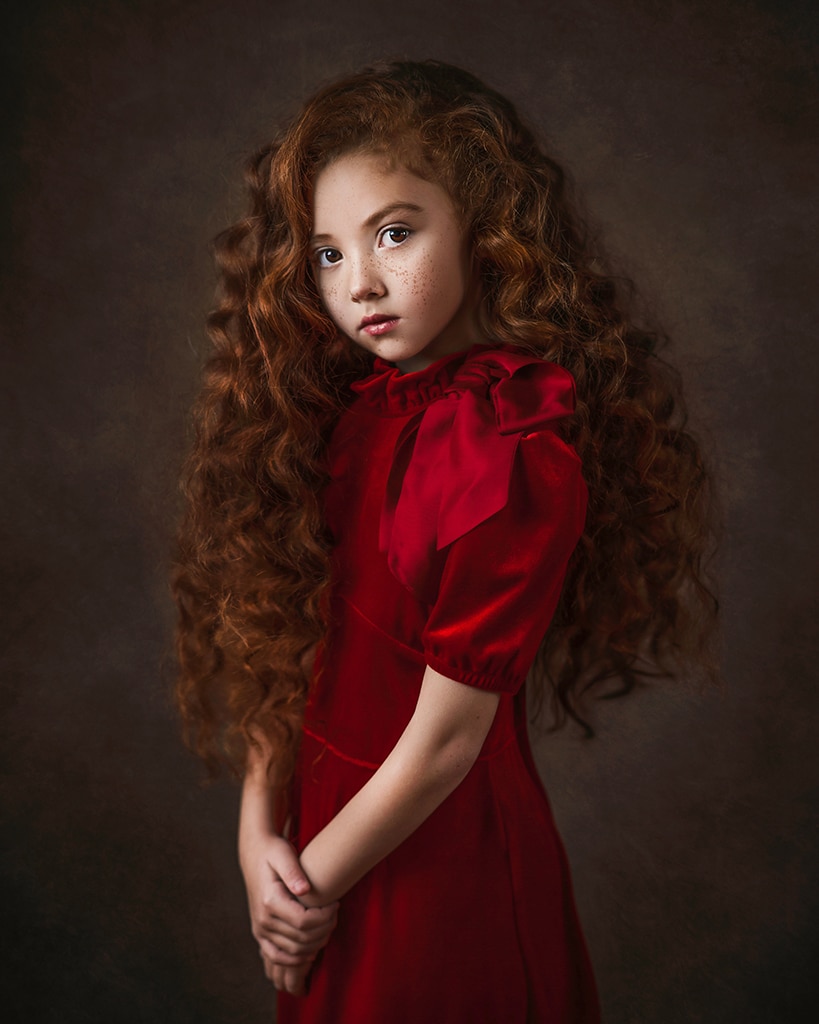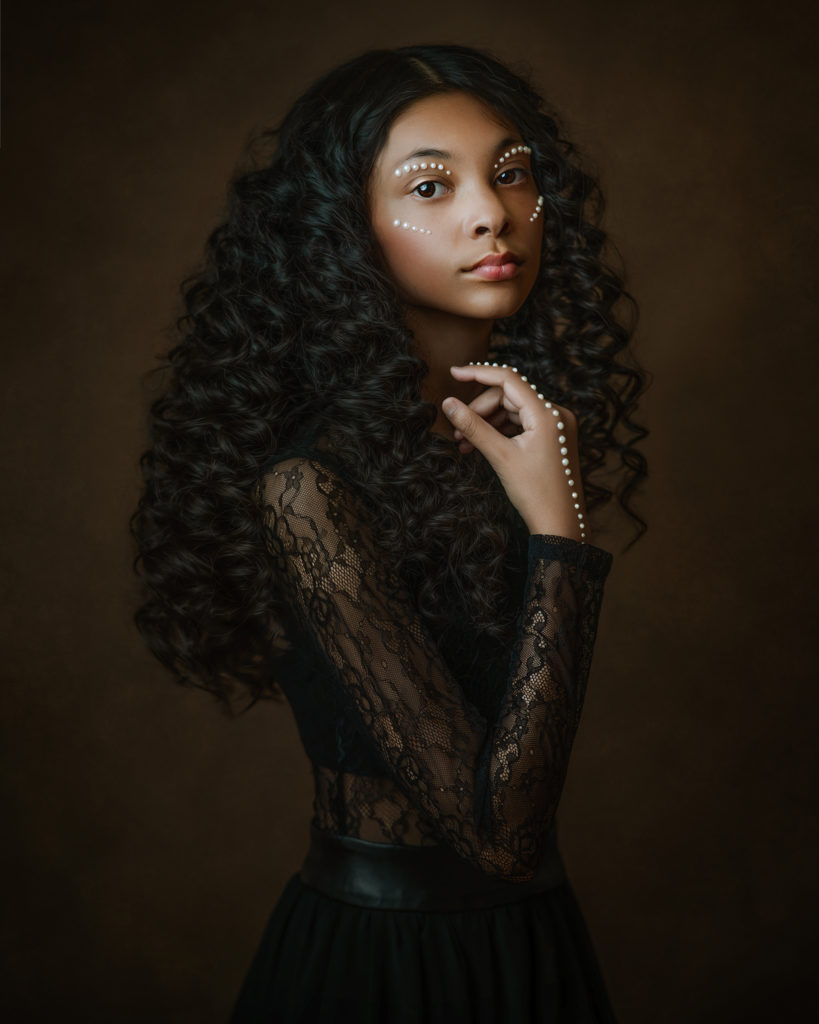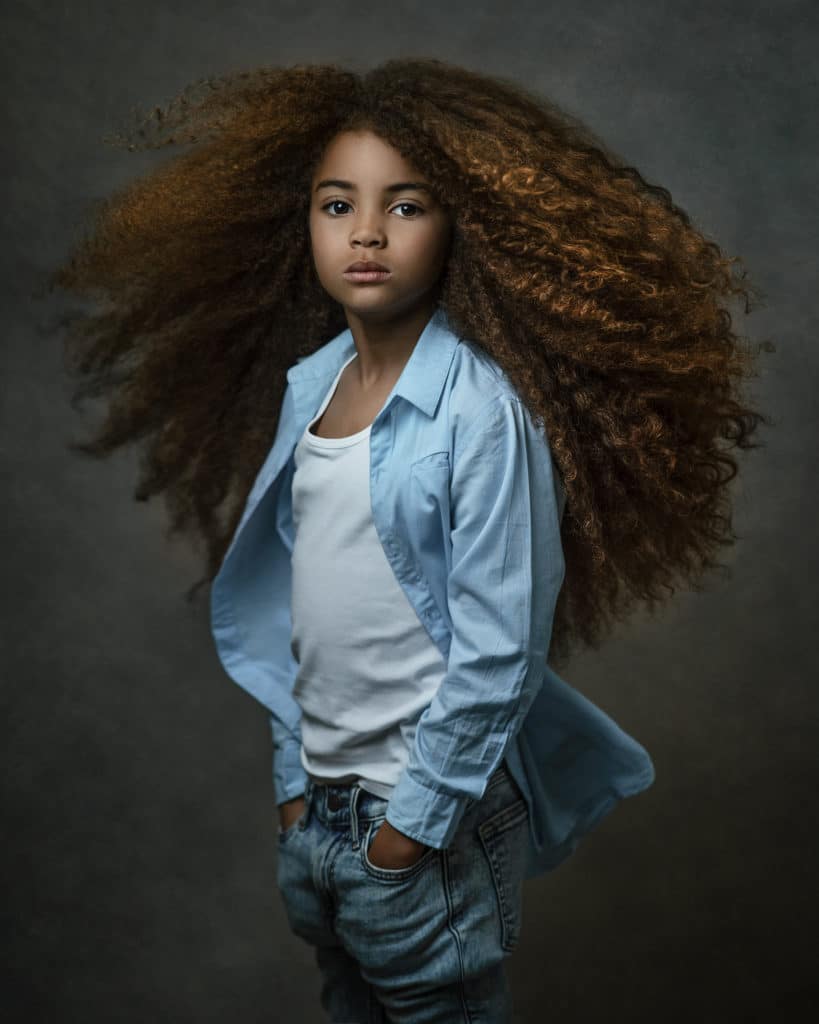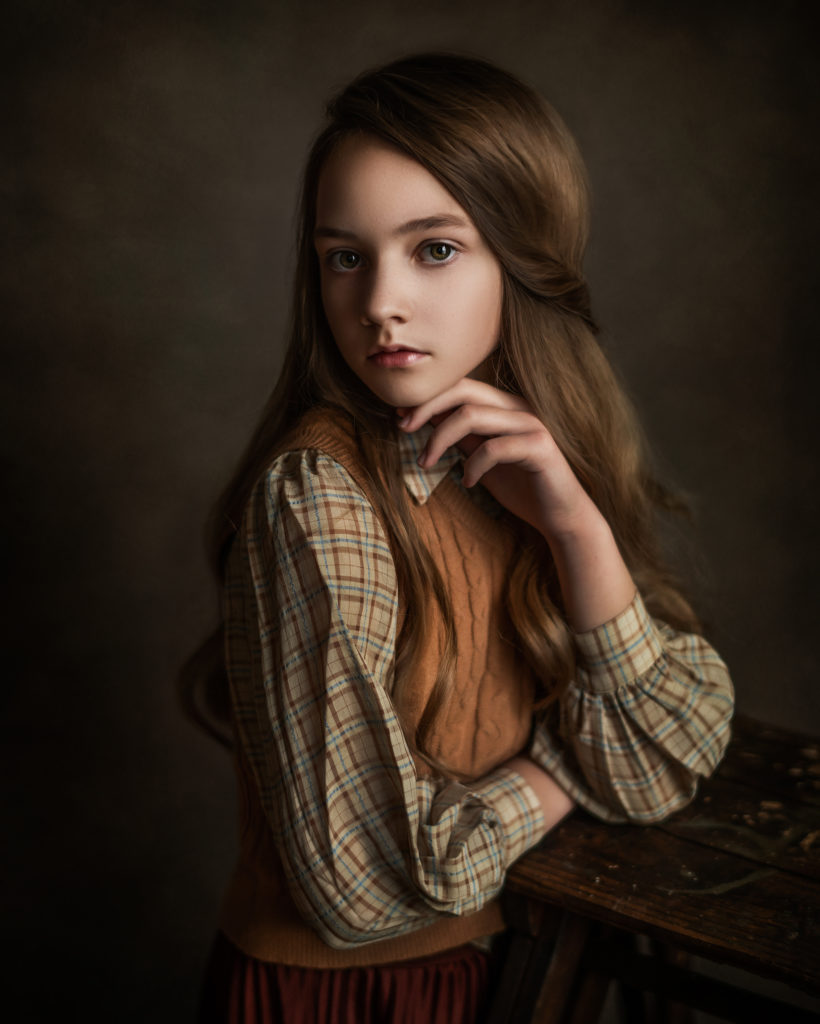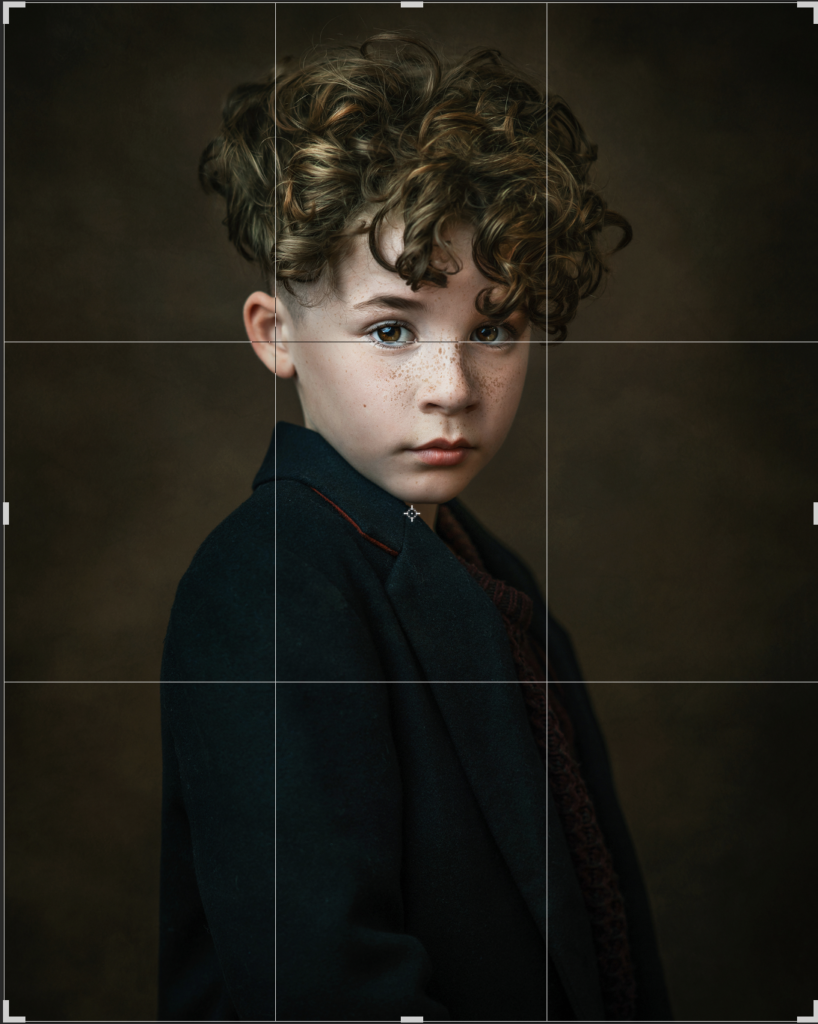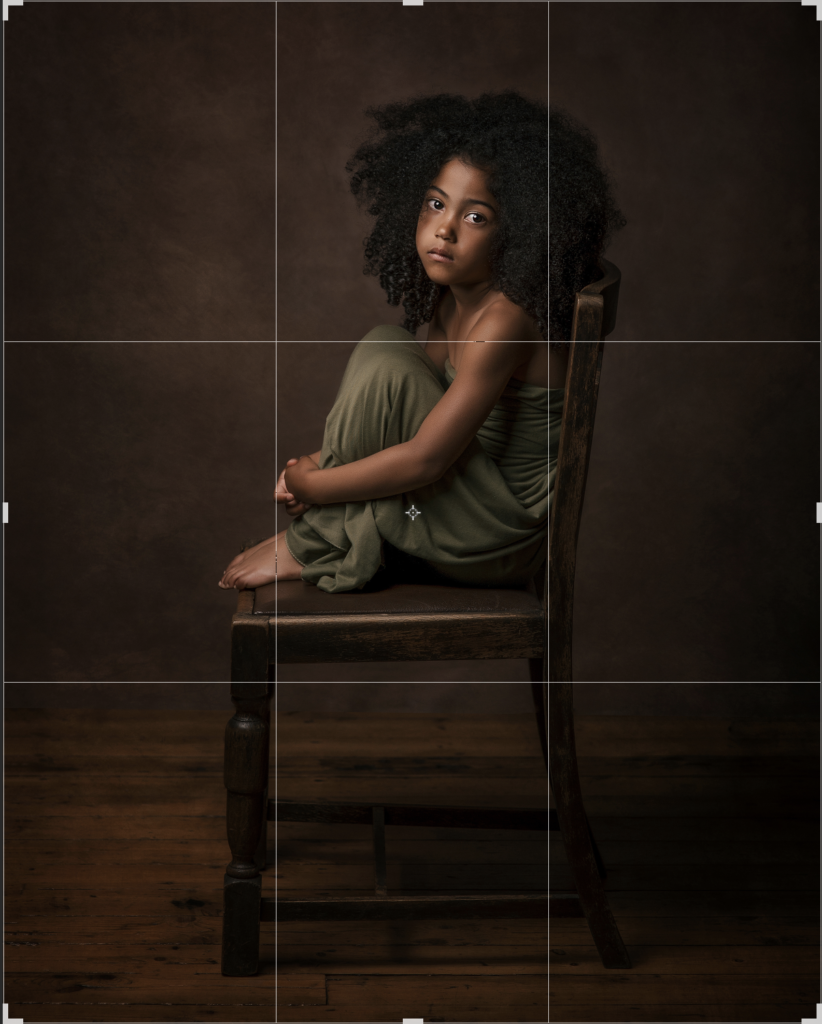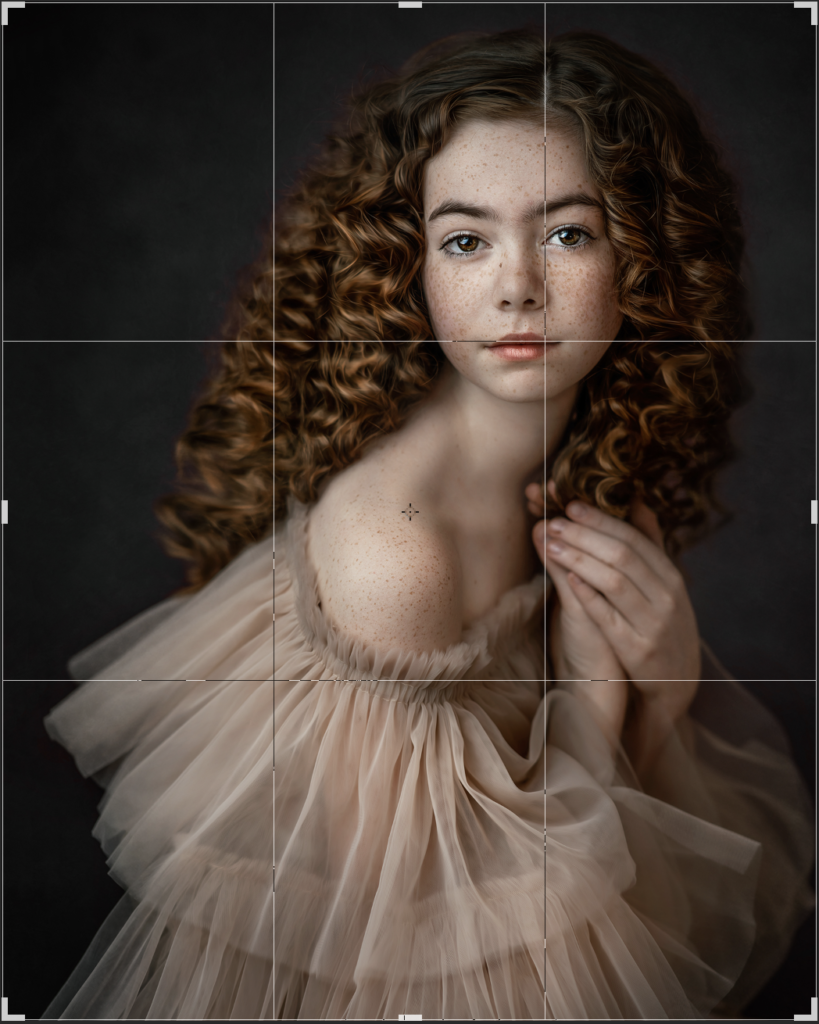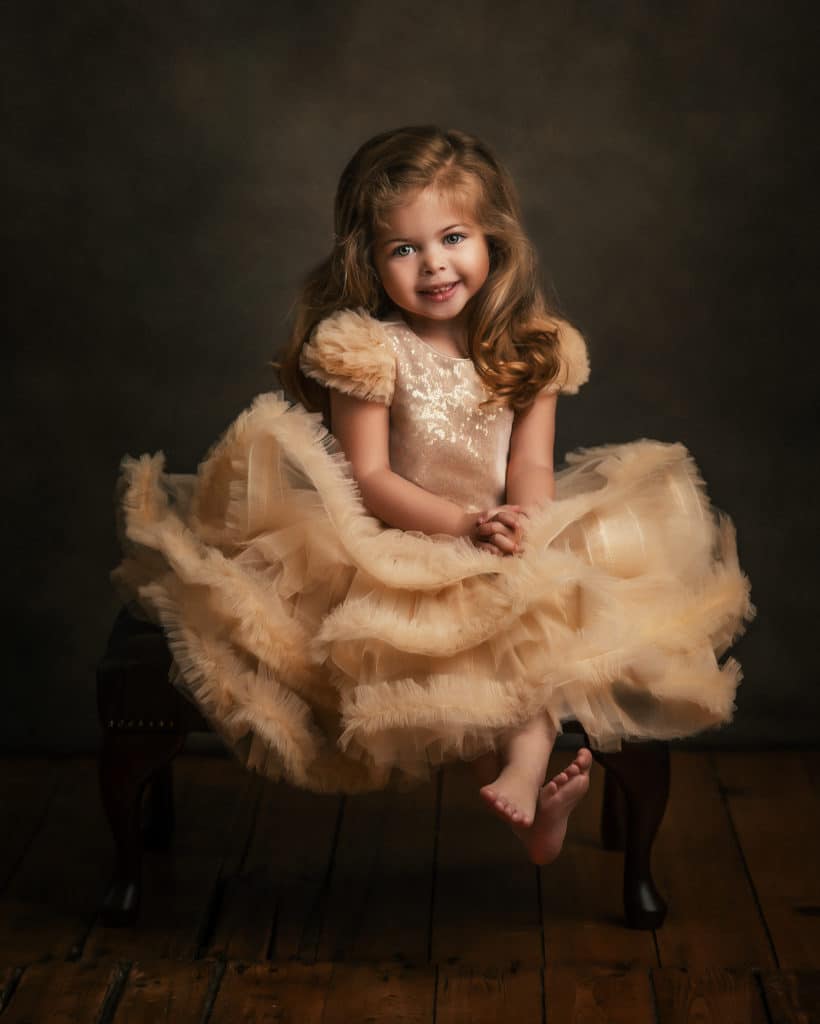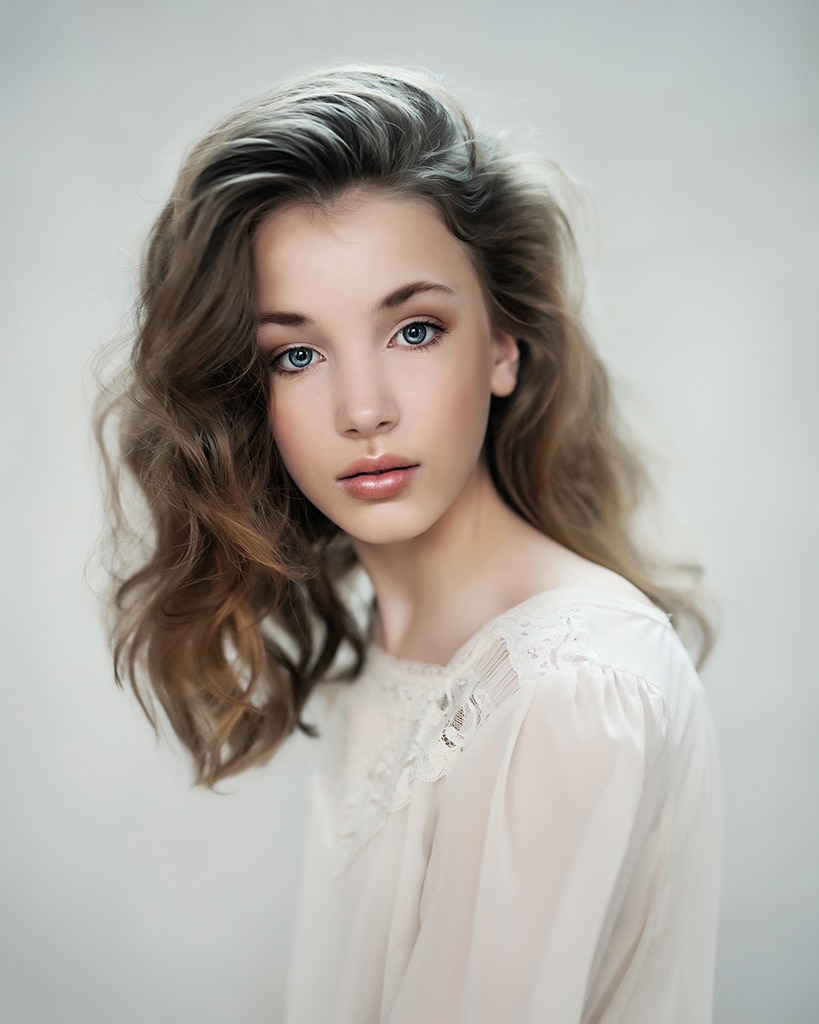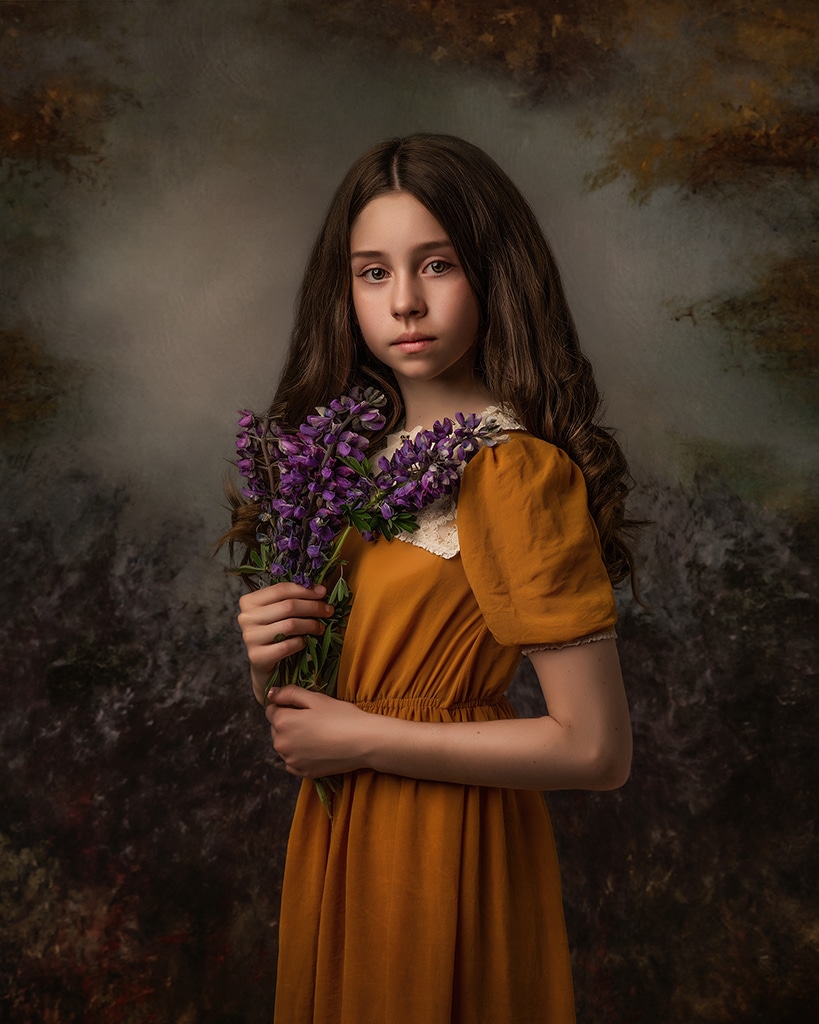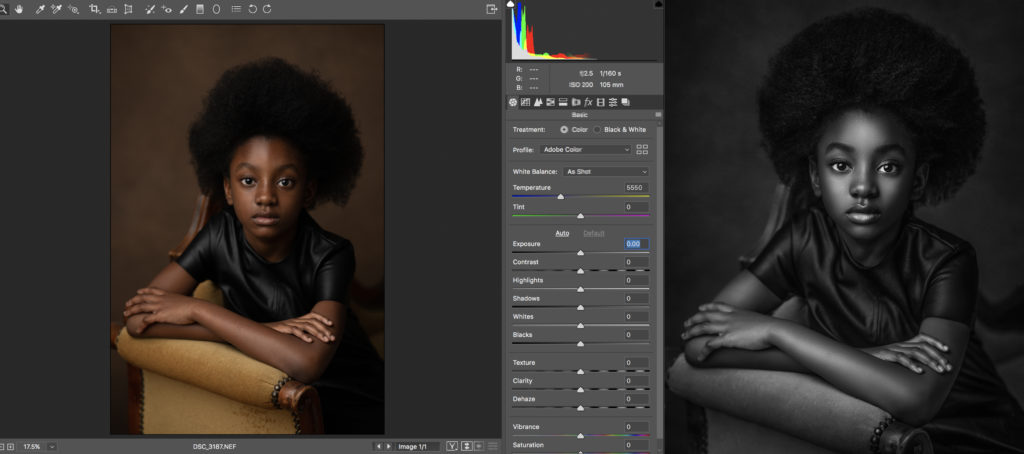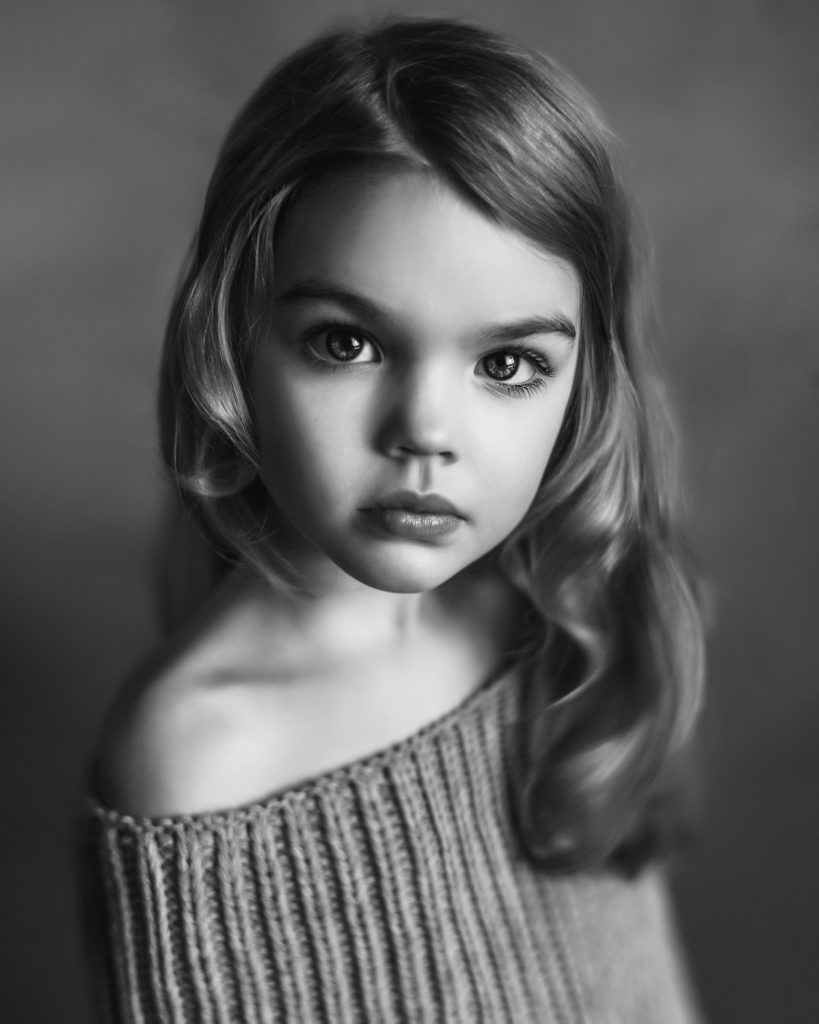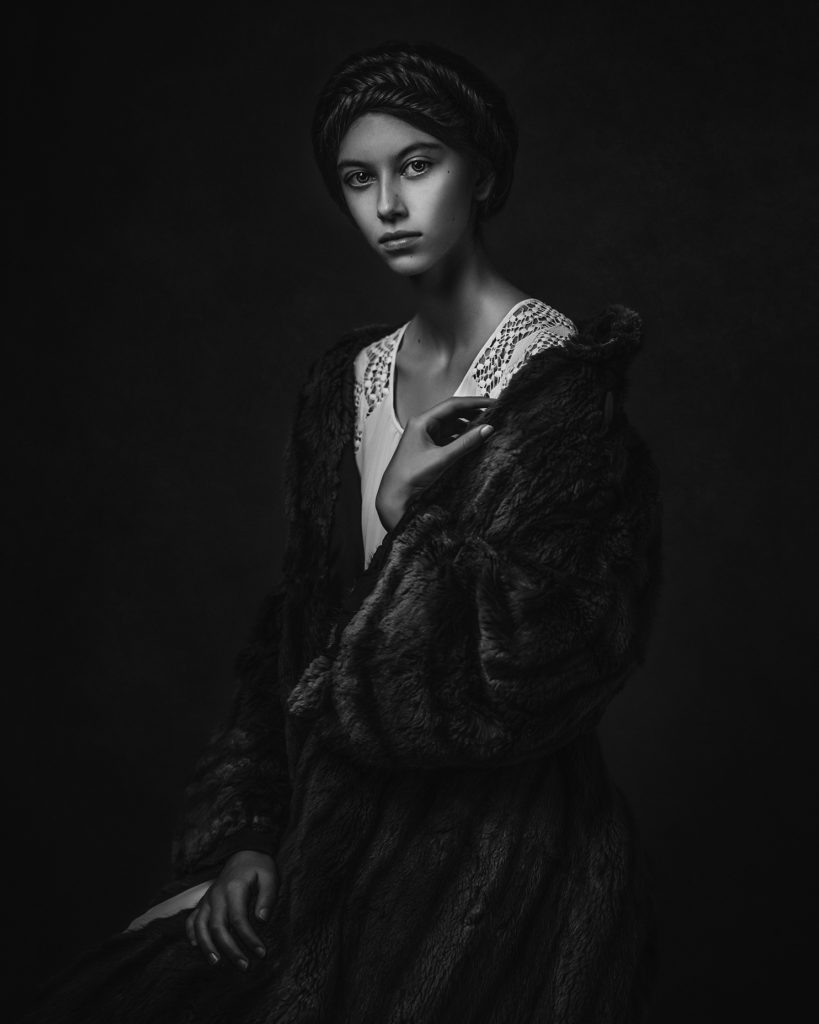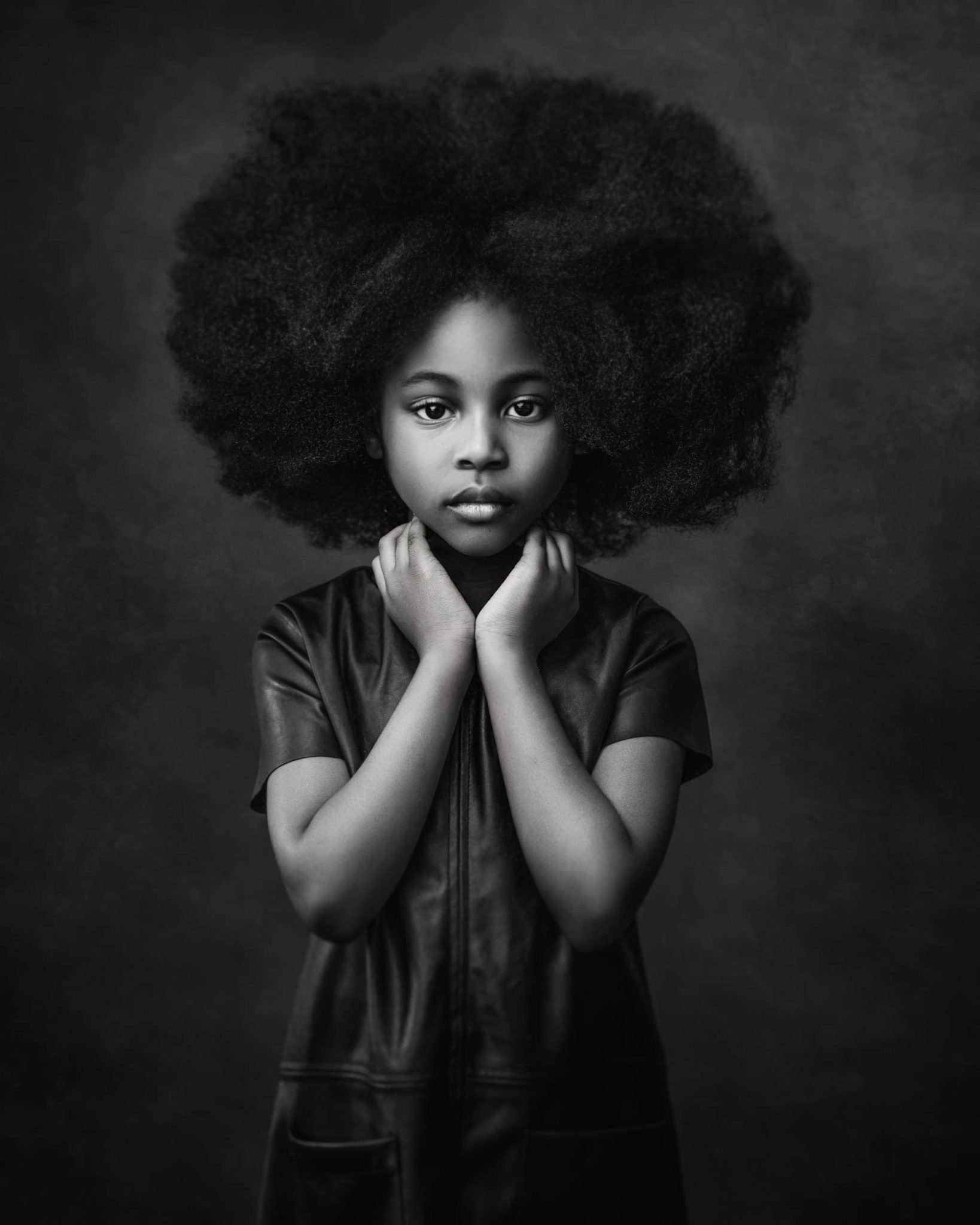Have you ever created a portrait you loved so much that you decided to share with all the people on every online platform possible, but it didn’t receive the positive feedback you expected?
You put all your heart in a creative process, but no one understands the message you want to convey?
Are you unsure of what exactly Fine Art portrait photography is and feel overwhelmed about the whole process of creating it?
Trust me. I have been there. Disappointment, self-doubt, anger, confusion – I know all of those feelings.
Back in the 2014, when I started my photography journey, there was not much online information available to help me understand how to create Fine Art Portrait Photography.
I had to learn everything myself through many trials and errors. And that wasn’t easy.
People didn’t understand what ‘Fine Art’ was. As a result, my work faced a lot of negative criticism, most of the time not being constructive at all.
Despite all of that, I didn’t stop.
I knew that photography was my ultimate passion, and if I put all my energy into it, I would master it eventually.
I spent next 2 years learning the lighting techniques, getting to know the correct camera settings and mastering posing.
I trusted that one day, I would finally be able to explain the message behind my portraits.
Eventually, with hard work, determination, and perseverance, I have managed to find all the puzzles I needed to build a final piece – portrait with impact.
Today, I can finally share with you, my personal list of top 10 things that you need to know in order to create the perfect Fine Art portraits.
